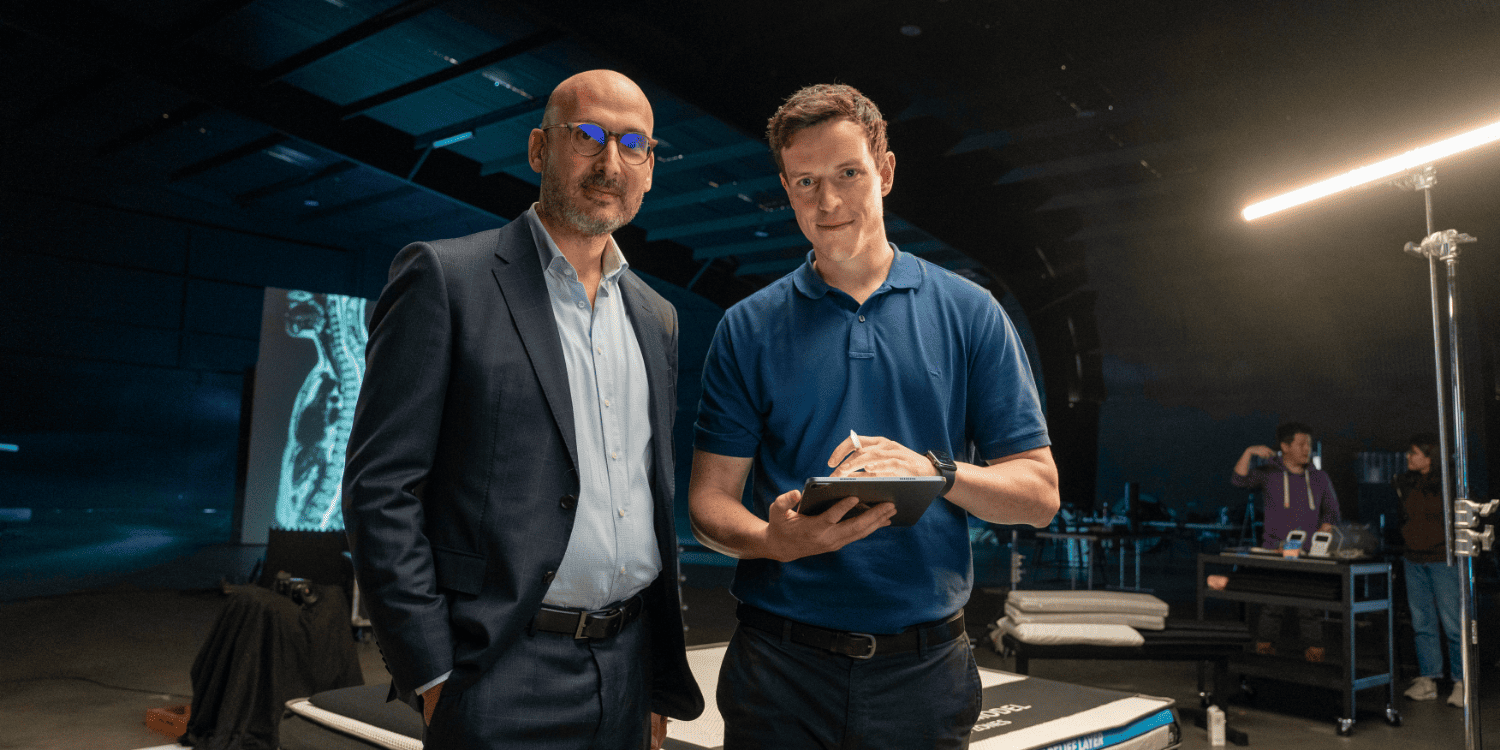
On the research

The January issue of the Journal of Physiotherapy shows how a range of study designs—not just randomised trials—can sometimes generate important clinical implications, writes Mark Elkins.
Monitoring of oxygenation during telerehabilitation
When people with chronic lung disease undertake exercise-based pulmonary rehabilitation, it reduces dyspnoea, improves exercise capacity, and facilitates a better quality of life. Hospital-based pulmonary rehabilitation can be difficult to access for many people who would benefit from it. Delivering pulmonary rehabilitation in the patient’s home is effective and may help to reach a large number of people with chronic lung disease.
A multicentre observational study led by Tristan Bonnevie from Rouen, France, demonstrated that most people referred to pulmonary rehabilitation can quickly learn to operate equipment used for remote monitoring of oximetry during home exercise. These patients consider remote monitoring of oximetry acceptable. In contrast to a previous study where the accuracy of the transmitted data was poor, the oximetry recordings received via the transmission system used in the Bonnevie study had minimal artefact or invalid data. This confirms that physiotherapists who offer home-based pulmonary rehabilitation can confidently use such a system for remote monitoring of heart rate and oxygenation during exercise sessions. These data could assist with safety and exercise progression, regardless of whether those sessions are video monitored.
‘Physical activity is recommended for women with uncomplicated pregnancies including those with gestational diabetes. Despite recommendations to be active, many pregnant women with gestational diabetes are inactive.’
Advice about exercise in gestational diabetes
Physical activity is recommended for women with uncomplicated pregnancies including those with gestational diabetes. Despite recommendations to be active, many pregnant women with gestational diabetes are inactive. Anne Harrison and colleagues from Melbourne interviewed women with gestational diabetes about their attitudes to exercise, and barriers and facilitators to physical activity. The women reported that the diagnosis of gestational diabetes was a trigger for them to want to improve their health and physical activity, but they needed clear, simple, physical activity messages that were specific to their condition.
The women wanted exercise prescription delivered by a credible source with flexible options so that physical activity could be tailored to fit in with their lifestyles. They also wanted messages to be explicit about what and how much physical activity they need to participate in during pregnancy where gestational diabetes occurs.
Physiotherapists could therefore support women with gestational diabetes by providing targeted physical activity messages in this way. The health of the baby was a strong motivator for these women to improve their health through physical activity.
Physiotherapists could also motivate these women to stay physically active for their own health and wellbeing in the longer term by also emphasising the importance of staying active and healthy to look after their baby throughout its childhood and adolescence.

Exercise and cystic fibrosis
Current international guidelines for the management of cystic fibrosis recommend exercise as an adjunct to, but not a replacement for, traditional airway clearance techniques. However, an Australia-wide survey by Nathan Ward and colleagues shows that almost half of adults with the disease use exercise as a substitute for traditional airway clearance techniques, based on their personal experience. This generates a clear implication that physiotherapists should advise patients that, while there is some research suggesting a possible mechanism for exercise as a form of airway clearance, there are currently no medium-term to long-term data supporting exercise as a stand-alone form of airway clearance. Physiotherapists should explore a patient’s beliefs and personal experience as part of the process for prescribing new or modified exercise and airway clearance regimens. The comprehensive survey of nearly 700 patients also provides a wealth of information about the types of exercise and airway clearance techniques used by this cohort.
Practice without direct supervision in inpatient rehabilitation
Following orthopaedic injury or stroke, people who do more repetitions of their exercises in rehabilitation achieve better outcomes. Despite this, patients in rehabilitation do not generally engage in large amounts of repetitive practice. Simone Dorsch, APAM, and colleagues from Sydney and Canberra report their study that used periodic behaviour mapping to monitor exercise practice in an inpatient rehabilitation.
The unit had been set up to facilitate semi-supervised practice: rehabilitation gym, patients, relatives and staff were educated that semi-supervised practice is expected, and the gym environment and equipment were adapted to provide semi-supervised practice options. The authors defined semi-supervised practice as structured exercise occurring without direct therapist supervision, which might consist of practice with no supervision or with the supervision of a family member. The study generated data on 1319 individual patient observations. On average, there were 12 patients in the gym during each observation. Active practice during 78 per cent of all observations of patients in the gym, with about half of that being semi-supervised practice. These results far exceed those reported in gyms where semi-supervised practice is not facilitated.
Importantly, there were no adverse events in the gym. This generates a clear implication that large amounts of practice can be achieved in a gym that is set up to facilitated semi-supervised practice, without compromising patient safety.
Click here to access these and all previously published papers.
Clinical Associate Professor Mark Elkins, APAM, is the scientific editor of Journal of Physiotherapy. Follow him on Twitter @JOP_Editor.
© Copyright 2025 by Australian Physiotherapy Association. All rights reserved.





